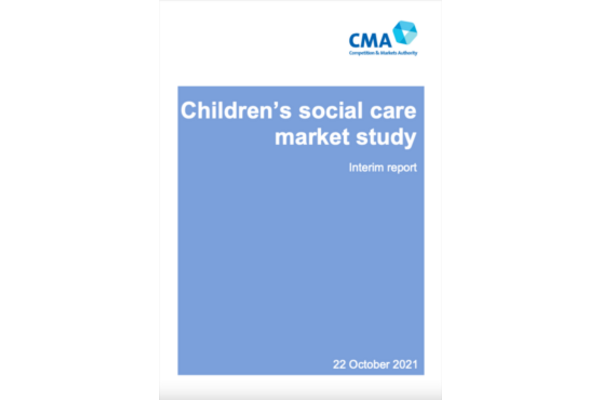NAFP welcomes the Competition & Markets Authority (CMA) Children’s Social Care Market Study Interim Report. The CMA have developed an understanding of the sector that would benefit from further insight with a deeper dive into independent fostering services. This would offer an important opportunity to dispel myths around independent fostering agencies (IFA). It could also help identify the issues we all need to tackle to make the most positive impact for children in foster care.
- Sufficiency is an area the CMA focussed on and we agree capacity in the sector is limited. IFAs are always recruiting foster carers and, though this is challenging, they recruit more fostering households (excluding friends and family) than local authority fostering services (2,490 versus 2,130, Ofsted data 2019-20). IFA foster carers help meet needs local authorities cannot, especially for more complex and/or older young people. However, addressing sufficiency alone is not enough.
- There is also a need to address the fostering task and external factors that mean there may not be enough foster carers. For example, the financial impact of Covid, people needing to work full time, and adult children not being able to move out of the family home. But also, the increased complex needs of children in care and the lack of publicly-funded mental health provision for children in care.
- There are significant differences between fostering and residential care. Trying to cover both in one narrative does not give an accurate picture of each sector’s challenges. Additionally, the IFA sector itself is diverse and it is a mistake to attribute all IFAs with the same services or characteristics.
- We believe no local authority or IFA wishes to find foster homes for children which do not meet their needs. IFAs try to find the most appropriate placement for each child (as per legislation). 93% of IFAs in England have good or outstanding Ofsted judgements which would not be the case if matching of children and foster carers was not robust. IFAs consider the distance from the carer’s home to the child’s school and when they spend time with their family. But the most appropriate carer for a child is often more about that carer having the particular skills and experience to meet that child’s needs. Too often, IFAs are sent referral information that misses vital information, contains old information or is completed by someone who does not know the child. There are thousands of referrals flying around a bureaucratic system in which every local authority operates differently. The key to change is making child-centred, informed decisions on matching. Collective knowledge management solutions are possible but culture within children's social care seems to make successful IT implementation almost impossible.
- The CMA describes the local authority position in the market as weak and implies that the majority of placements are made on a spot purchase basis. This may be true for children's homes, but it is not the case for foster care. In fostering, the majority of placements are made within pre-tendered contractually defined relationships. Local authorities and IFAs work daily to ensure best value for money.
- Like-for-like costs between local authority directly-delivered fostering services (‘in-house’) and IFAs are broadly similar. Both the Narey/Owers review of foster care (2018) and NAFP’s Judicial Review (2015) were clear that any differential is not sufficient to warrant taking this into account when choosing a placement. In fact, IFA carers care for children with complex needs and/or older children, who need more resources to offer good care. IFAs also invest more in their services, for instance, their social workers have lower case loads and they remunerate their carers at higher levels.
- The CMA suggests that, for fostering placements, prices remained broadly the same over the period 2016-2020. Taking inflation into account, this suggests a real terms decrease in IFA prices of around 10%. This is consistent with NAFP’s own research.
The care of children looked after by the state is rightly a topic for public debate, but there are myths, mis-understandings and mis-judgements. We urge everyone with an interest in children in care to read the CMA interim report, rather than rely on reports and use this original material to inform their own judgement.





